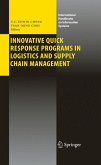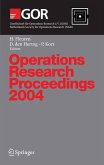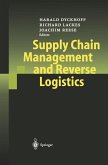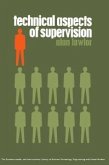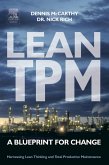The book consists of 12 chapters. Chapter 1 deals with network problems, the shortest path problem, and applications to control theory. Chapter 2 stresses the role and use of computers based on the decision-making problems outlined in the preceding chapter. Chapter 3 classifies scheduling problems and their solution approaches. Chapters 4 to 6 discuss machine sequencing problems and techniques. Chapter 5 tackles capacity expansion problems and introduces the technique of embedded state space dynamic programming for reducing dimensionality so that larger problems can be solved. Chapter 6 then examines an important class of network problems with non-serial phase structures and exploits dimensionality reduction techniques, such as the pseudo-stage concept, branch compression, and optimal order elimination methods to solve large-scale, nonlinear network scheduling problems. Chapters 7 to 11 consider the flow-shop scheduling problem under different objectives and constraints. Chapter 12 discusses the job-shop-scheduling problem.
The book will be useful to economists, planners, and graduate students in the fields of mathematics, operations research, management science, computer science, and engineering.
Dieser Download kann aus rechtlichen Gründen nur mit Rechnungsadresse in A, B, BG, CY, CZ, D, DK, EW, E, FIN, F, GR, HR, H, IRL, I, LT, L, LR, M, NL, PL, P, R, S, SLO, SK ausgeliefert werden.



